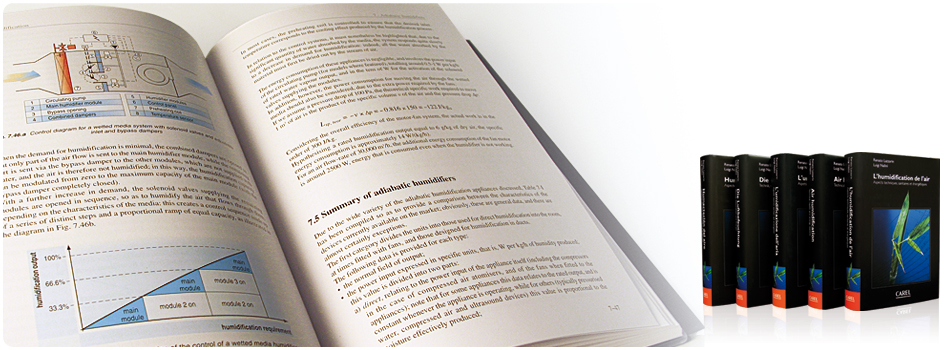Preface

The presence of moisture in the air, defined as atmospheric humidity, is essential for our existence; and yet it is frequently ignored, as our body is much more sensitive, for example, to temperature or wind speed. Moreover, while a damp environment is perceived by many to be "oppressive", with a feeling of cold in winter or excess perspiration in summer, the human body does not immediately sense discomfort in a dry atmosphere, that is, with a low moisture content, unless the temperature is not also too high at the same time.
However, a lack of humidity in the atmosphere has harmful effects for the reproduction and the conservation of life: without going into the extreme consequences of torrid or even desert environments, there is no doubt that we all suffer, in our everyday life and often without even noticing, from the effects of insufficient humidity.
During the winter many of us are tormented by electric discharges when touching synthetic garments or door handles, especially when walking on carpets or synthetic flooring. Food quickly loses its firmness, suppleness and weight, to the detriment of consumers and, above all, traders. Works of art and wooden furniture suffer harmful cracks and rapidly degrade if the space they are housed in is heated in winter without appropriate humidification.
Many industrial processes are negatively affected by inadequate humidity levels, with significant economic repercussions, a well known fact among specialists.
By publishing this book, CAREL aims to promote understanding of the phenomena relating to air humidification and encourage the practice of humidification in rooms and industrial processes, a field the company has been specialising for over 30 years.
